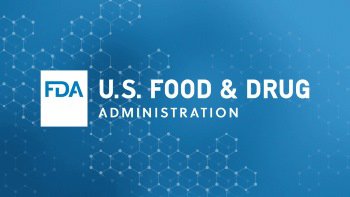FDA’s process for communicating recalls is antiquated. With press releases issued by industry as the primary communications method to inform consumers of a recalled product, FDA realizes that the time is now to modernize its proposed recall methods and approaches.
“Recent foodborne illness outbreaks and associated recalls have emphasized the need for the FDA to engage in an ambitious effort to modernize our recall operations,” wrote Erik Mettler, assistant commissioner for partnerships and operational policy, Office of Regulatory Affairs, in announcing the public meeting entitled Modernizing Recalls of FDA-Regulated Commodities. “From technology advances to new analytical tools and social media platforms – opportunities abound for us to enhance and elevate the existing recall framework. In the food space, the FDA recently published a final rule on traceability for certain foods…that will help minimize broad recalls and market withdrawals for covered foods.”
The public meeting took place live and virtually at the FDA offices in Silver Spring, Maryland, on Friday, September 29. Sixty speakers representing consumers, the food industry, the medical community and others presented their viewpoints on how FDA can modernize recalls. The statements focused on:
• Identifying Contaminated Foods
• Increasing the Speed of Recall Notifications
• Managing the Efficiency of the FDA Recall Network
FDA needs to speed up recall communications because it takes a long time to identify products that can cause illness or death. The most recalled items are chicken, deli meats and cheeses, onions, papayas, peaches, cantaloupe, flour and leafy greens, according to Consumer Reports. It is difficult, nearly impossible, to trace back these primarily fresh items to a single source once an illness cluster has been identified, often taking as long as six months.
The Traceability Rule that is part of the Food Safety Modernization Act should improve this but it will still be a challenge. It still can take months to identify a hazard. Plus, the product is likely to have entered multiple channels in the supply chain, making the recall even more challenging. As Robert Earl, vice president of regulatory affairs, Food Allergen Research & Education said, “Communication about the recall is often too late.”
Increasing the Speed of Recall Notifications
Mitzi Baum, CEO of Stop Foodborne Illness, began her five-minute statement, “We were formed 30 years ago and are still focused on the same issue. The recall system is not working for consumers.”
Baum specified three important topics:
• Sense of urgency
• Consumer friendly language
• Use of technology
The food industry groups agreed with the consumer advocates. Jared Rothstein, director of regulatory affairs, Consumer Brands Association, urged FDA to leverage technology to increase the speed of recalls. Group texts, social media, and other modern means of communication inform consumers faster than press releases. Donna Garrin, executive vice president of science and policy for the American Frozen Food Institute, said, “We need to make the recall communications efficient and timely, to empower the consumer.”
Managing the Efficiency of the Recall Network
Garren pointed out that FDA’s administrative process could be more efficient through a consolidation of recall responsibilities, including standardization and centralization. She said that it is not efficient to have multiple recall coordinators across the country.
Thomas Gremillion, director of food policy for the Consumer Federation of America, said that FDA should publish the distribution list of retailers that have received products under a Class 1 Recall. FDA currently views that information as “confidential” and will not disclose it.
Farida Mohamenshab, senior vice president of scientific and regulatory affairs, National Confectioners Association, stressed that FDA needed to increase consistency and standardization to the process and should work on the predictability of recall classifications.
Public comments can be submitted to the docket (FDA-2023-N-2393) at regulations.gov through Friday, October 27.
Related: FDA Issues Warning Letters for Formula Manufacturers; FDA Shares Seafood Updates.

